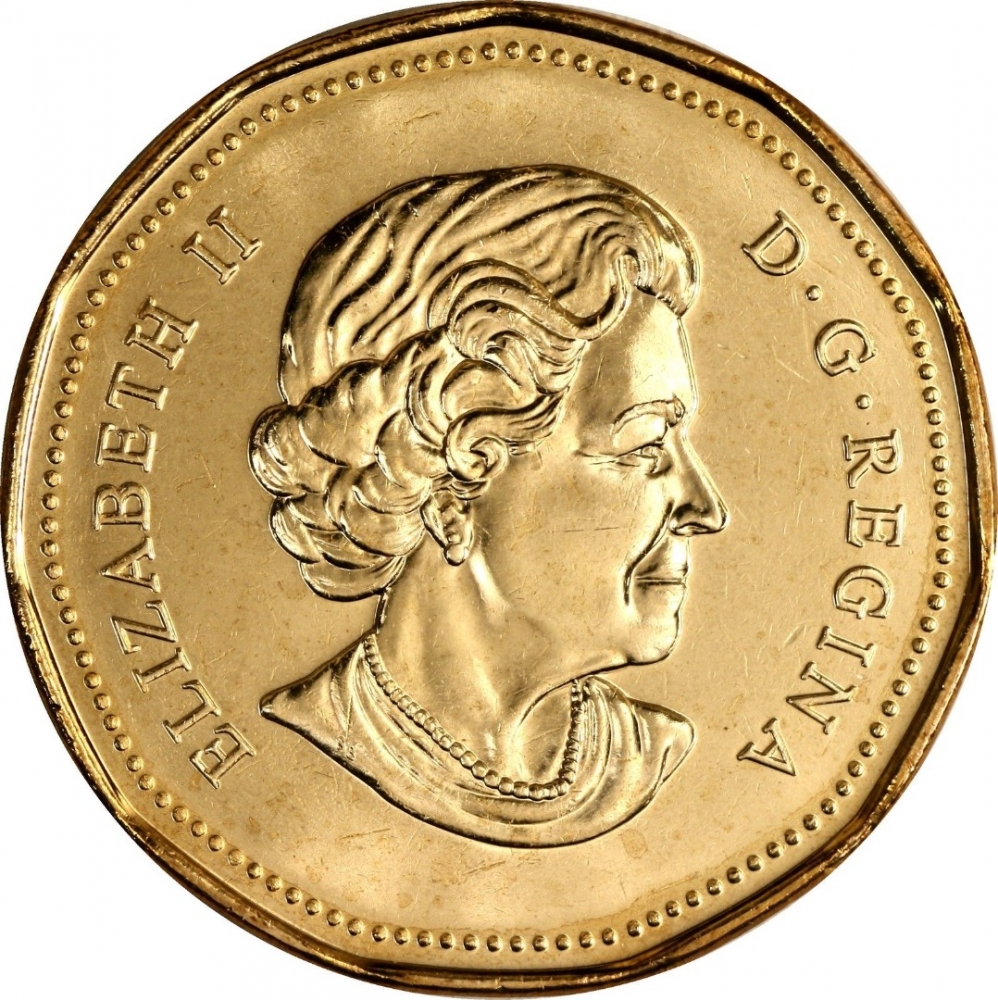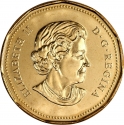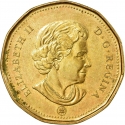You are about to finish your registration. Please check your mailbox (including spam folder). There should be a letter with a confirmation link. Check setting to make sure that your e-mail address is correct.
Send letter againDescription
Officials for the 2002 Salt Lake Winter Olympics invited the National Hockey League's ice making consultant, Dan Craig, to oversee the city's E Center arena, where the ice hockey tournament was being held. Craig invited a couple of members from the ice crew in his hometown of Edmonton to assist. One of them, Trent Evans, secretly placed a loonie at centre ice. He placed the coins after realizing there was no target at centre ice for referees to aim for when dropping the puck for a faceoff. A thin yellow dot was painted on the ice surface over the coins, though the loonie was barely visible to those who knew to look for it.
Keeping the coin a secret, Evans told only a few people of its placement and swore them to secrecy. Among those told were the players of the men's and women's teams. Both Canadian teams went on to win gold medals. After the men won their final, the coin was dug up and given to Wayne Gretzky, the team's executive-director, who revealed the existence of the "lucky loonie" at a post-game press conference.
The lucky loonie quickly became a piece of Canadian lore. The original lucky loonie was donated to the Hockey Hall of Fame, and Canadians have subsequently hidden loonies at several international competitions.
Capitalizing on the tradition, the Royal Canadian Mint has released a commemorative edition "lucky loonie" for each Olympic Games since 2004.
Obverse

|
Fourth portrait of HM Queen Elizabeth II, when she was 77 years old, facing right and surrounded by the inscription. ELIZABETH II D·G·REGINA |
|---|---|
Reverse

|
Depicts a common loon, swimming on a lake, accompanied by the Canadian Olympic logo, country name above, date and facial value below. CANADA |
| Edge |
1 Dollar
4th portrait
Lucky Loonie
Athens 2004 Summer Olympics
Subscribe series
KM# 513 Schön# 541
Lucky Loonie
Athens 2004 Summer Olympics
Characteristics
| Type | Commemorative Issue (Circulating) |
| Material | Aureate Bronze Plated Nickel |
| Weight | 7 g |
| Diameter | 26.5 mm |
| Thickness | 1.95 mm |
| Shape |
|
| Sides | 11 |
| Alignment | Medal |
| Mint |
Royal Canadian Mint (RCM)
|





